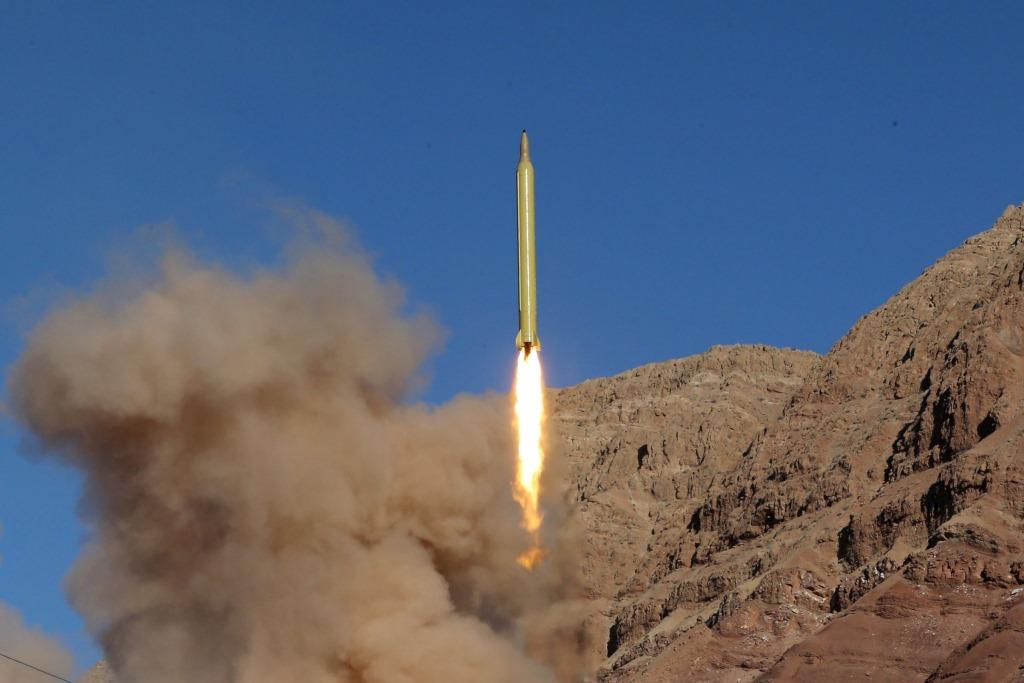Strategic Assessment
Iran has built up the largest arsenal of missiles in the Middle East. The majority are located in Iran, while the remainder are among Iranian proxies in Syria, Iraq, Yemen, and most of all in Lebanon, under Hezbollah. For Iran, this missile arsenal is currently its most important means of deterring its enemies and defending itself, and thus Tehran has adamantly and successfully refused to discuss the imposition of restrictions on its missile program. In recent years, Iran has worked to improve the quality of its missiles and rockets – expanding their range, and improving their precision. Thus far, it has only used its missiles on a few occasions against its adversaries – whether from Iran itself or by means of its proxies – and to a limited extent, including against IDF forces in the Golan Heights, in response to Israeli aerial attacks in Syria. This restraint may signify that Iran will not rush to launch missiles toward countries with significant retaliatory capability, such as the United States and even Israel, and that if it were to decide to do so, it would probably prefer that such launches – at least in the initial stage – be carried out by its proxies, especially Hezbollah.



